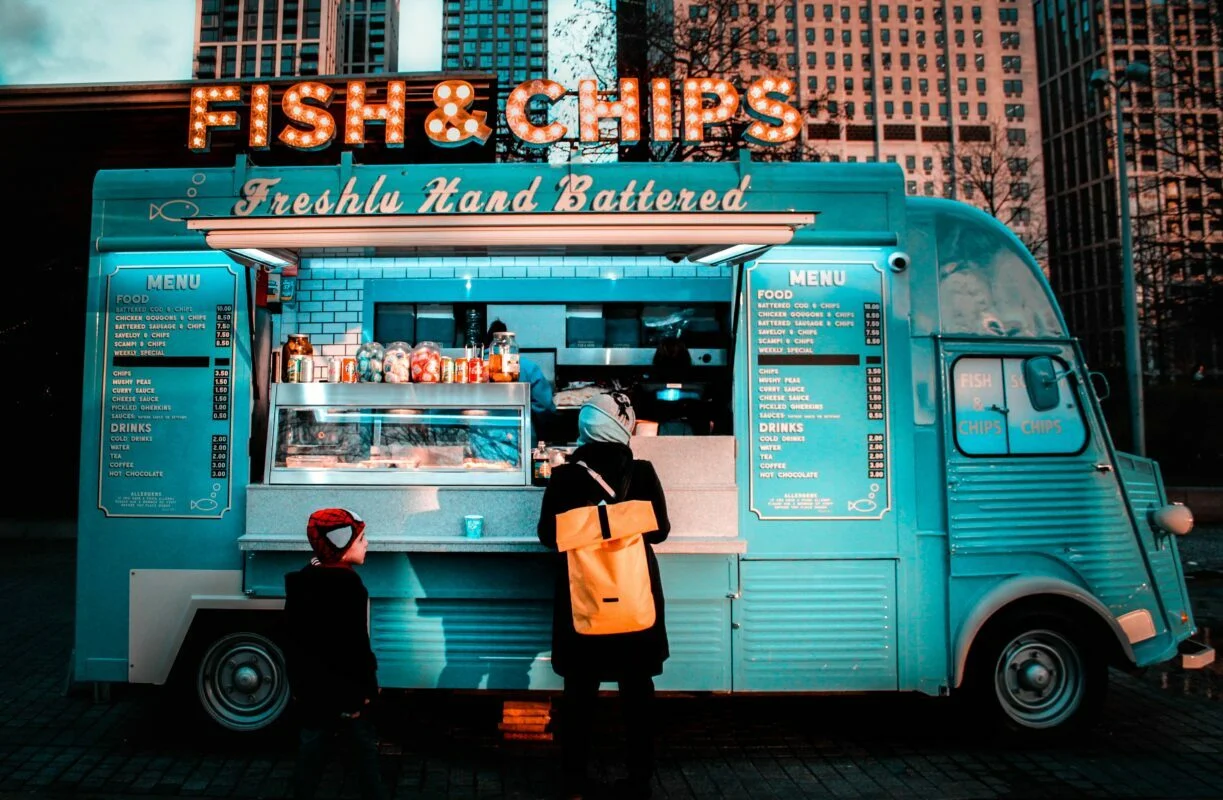Food trucks
The food trucks history:
Food trucks have a long and interesting history that dates back to the 17th century, when street vendors in large cities would sell food from carts or wagons. However, the modern food truck as we know it today didn’t really come into its own until the 20th century.
The first known food truck in the United States was created in 1872 by a man named Walter Scott in Providence, Rhode Island. Scott would sell sandwiches, pies, and coffee from a horse-drawn wagon to workers and other people on the go. Over time, this type of food service became increasingly popular, and more and more vendors began to sell food from trucks and carts.
During the Great Depression in the 1930s, food trucks became even more popular as a way for entrepreneurs to make a living during tough economic times. In Los Angeles, for example, mobile kitchens known as “roach coaches” would park outside factories and other workplaces to sell meals to workers.
In the 1950s and 1960s, the popularity of food trucks began to decline as fast food restaurants and other brick-and-mortar establishments became more common. However, food trucks experienced a resurgence in the 2000s, thanks in part to a new generation of young, creative chefs who saw the trucks as a way to reach a wider audience and experiment with new and innovative cuisine.
Today, food trucks are a common sight in cities across the United States and around the world. They serve everything from tacos and burgers to vegan cuisine and gourmet desserts, and they have become a fixture of the modern food scene

 Español
Español
